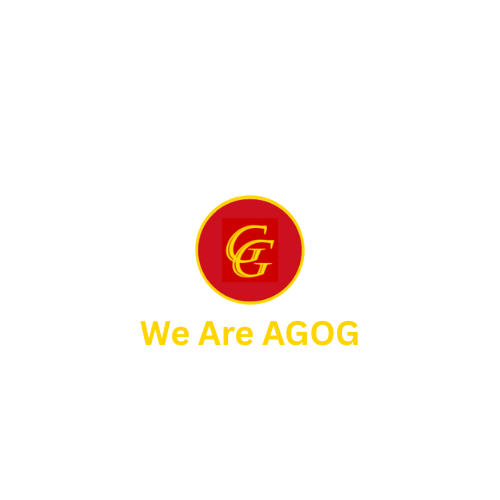
Good morning Leathernecks, and on this the 22nd day of July in the history of our beloved Corps:
In 1823, Marines and sailors go ashore from the schooners Greyhound and Beagle near Cape Cruz, Cuba, and engage pirates.
In 1919, two companies of Quantico Marines helped civil authorities restore order after race riots in Washington, D.C.
In 1942, Japanese forces land at Buna on the north coast of New Guinea to begin an operation to cross the Owen Stanley Mountains and seize Port Moresby with a ground assault.
In 1943, Marine torpedo bombers sink a Japanese seaplane carrier with a load of tanks.
A six-man patrol of Marine, Army, and Navy officers lands near Barakoma, La Vella Island, to scout the area for a proposed amphibious operation.
In 1944, elements of the 9th Defense Battalion land on Guam to provide assistance to other IIIAC forces.
In 1947, a detachment of 26 Marines begins duty as the official guard of the Freedom Train, which will tour the United States for over a year carrying treasured documents and artifacts of American history.
Not for not, but you might want to check out just how much “freedom” was actually displayed and or shared.
Hardly an “of the people, for the people, and by the people” celebration.
In 1948, the Marine Corps announces that voluntary enlistments are meeting its requirements and it will not need any draftees in the coming year.
In 1950, Commandant Cates directs the formation of third rifle companies and the provision of individual replacements to bring the 1st Provisional Marine Brigade to full strength.
They are to be ready to depart California by 10 August.
In 1953, Major John H. Glenn, flying with an Air Force squadron downs his third MIG in 10 days, tying him with Major Gillis as the second-leading Marine scorer in Korea.
In 1972, elements of the 9th MAB assist in flood relief operations in the Philippines.
The effort lasts through 15 August.
In 1974, following a coup and a Turkish invasion of Cyprus, the British Royal Navy and U.S. Marine (HMM-262) helicopters evacuate more than 400 citizens of the United States, Britain, and other countries from the British base at Dhekelia in southern Cyprus to the Coronado (LPD-11), which transported the evacuees to Beirut.

Saepius Exertus, Semper Fidelis, Frater Infinitas!
Often Tested, Always Faithful, Brothers Forever!
-Richard W. Pettengill, Corporal USMC
And damn proud of it!
